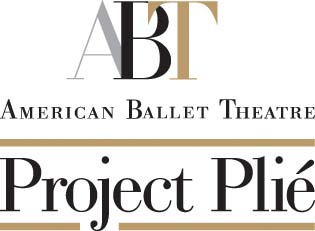 As American Ballet Theatre celebrates its 75th anniversary, it will also celebrate the first birthday of Project Plié, its national initiative focusing on increasing racial and ethnic representation in ballet. Even in the US ballet is still incredibly streamlined, with nearly every major ballet company being made up mostly of Caucasian dancers.
As American Ballet Theatre celebrates its 75th anniversary, it will also celebrate the first birthday of Project Plié, its national initiative focusing on increasing racial and ethnic representation in ballet. Even in the US ballet is still incredibly streamlined, with nearly every major ballet company being made up mostly of Caucasian dancers.
Project Plié seeks to combat this issue of deficient racial diversity through dance scholarships for non-white dancers, complimentary training for teachers who work with ethnically diverse populations, partner companies around the country who reach specific populations, free classes for children through Boys & Girls Clubs of America (how ballerina Misty Copeland began) and masterclasses that introduce youth to ABT in each of New York City’s five boroughs.
The initiative aims to assist ballet students from diverse backgrounds reach their full potential by providing them with the support and active engagement of teachers, mentors and current professional dancers. ABT believes that diversifying the art form at its training level will strengthen and broaden the pipeline of future artists and help ensure ballet’s continued relevance in the 21st century. So far the project has been well received with many embracing the mission of the programme and reaching out to get involved.
Since the project began, there has already been a rise in the number of dancers who have auditioned for ABT’s summer and full programmes. In addition, ABT has been able to award 40 merit-based scholarships for talented students. Project Plié was also able to provide six teachers National Training Curriculum scholarships, giving them the means to travel to New York, train with ABT and learn to creatively and collaboratively address barriers to young dancers’ participation in their communities.
Overall, the long-term goals of the many outreach initiatives of Project Plié are to see America’s ballet companies diversify and reflect the country’s multiculturalism to remain relevant, recognising that the demographics of the country are changing.

 Jean-Luc Choplin, the director of the Théâtre du Châtelet in Paris, has brought many American musicals to his Paris stage in recent years, with a focus on the work of Stephen Sondheim, in English with French subtitles. Recently it was announced that he is co-producing a new musical version of the Oscar-winning 1951 MGM movie An American in Paris, with music and lyrics by George and Ira Gershwin.
Jean-Luc Choplin, the director of the Théâtre du Châtelet in Paris, has brought many American musicals to his Paris stage in recent years, with a focus on the work of Stephen Sondheim, in English with French subtitles. Recently it was announced that he is co-producing a new musical version of the Oscar-winning 1951 MGM movie An American in Paris, with music and lyrics by George and Ira Gershwin.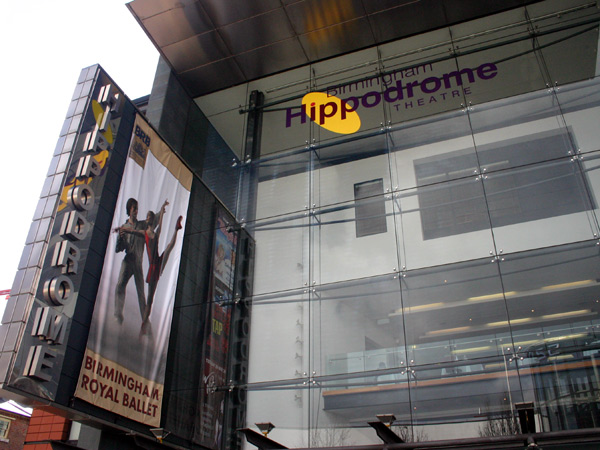 Birmingham Royal Ballet has recently celebrated the success of its Dance Track programme, which seeks out and nurtures dance talent from primary schools across the City of Birmingham. It enables primary school pupils to access ballet, opening Birmingham Royal Ballet’s doors to those who would not ordinarily be introduced to the art-form.
Birmingham Royal Ballet has recently celebrated the success of its Dance Track programme, which seeks out and nurtures dance talent from primary schools across the City of Birmingham. It enables primary school pupils to access ballet, opening Birmingham Royal Ballet’s doors to those who would not ordinarily be introduced to the art-form.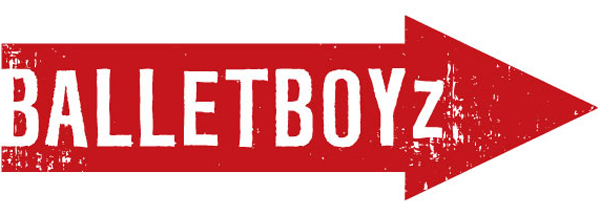 The BalletBoyz are set to make their debut appearance at the Royal Opera House from 16-27 September, dancing in the Linbury studio theatre. The company will present theTalent 2014 in a brand new triple bill at the Linbury as part of Deloitte Ignite 2014, the contemporary arts festival curated by the Royal Ballet and Minna Moore Ede of the National Gallery.
The BalletBoyz are set to make their debut appearance at the Royal Opera House from 16-27 September, dancing in the Linbury studio theatre. The company will present theTalent 2014 in a brand new triple bill at the Linbury as part of Deloitte Ignite 2014, the contemporary arts festival curated by the Royal Ballet and Minna Moore Ede of the National Gallery.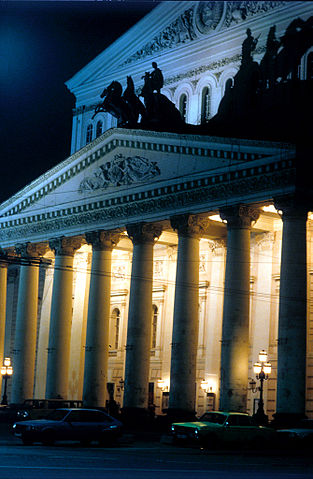 The Bolshoi Ballet have plans for both stage and screen during their 2014-15 season, with its stage plans including a new ballet based on the Shakespearean story of Hamlet, Yuri Possokhov’s new Hero of Our Time, and a major revival of Yuri Grigorovich’s The Legend of Love. For the screen, Grigorovich will also dominate the company’s cinema season with two ballets and several productions also included in the programme.
The Bolshoi Ballet have plans for both stage and screen during their 2014-15 season, with its stage plans including a new ballet based on the Shakespearean story of Hamlet, Yuri Possokhov’s new Hero of Our Time, and a major revival of Yuri Grigorovich’s The Legend of Love. For the screen, Grigorovich will also dominate the company’s cinema season with two ballets and several productions also included in the programme.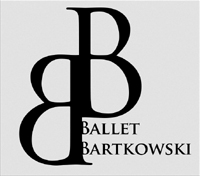 Ballet Bartkowski is a new professional company for ballet students working at a high level of classical dance, aged 18 to 23. Based in Croix, near Lille in France, Ballet Bartkowski was founded by Heidi and Waldemar Bartkowski with the aim to open the company in September of this year.
Ballet Bartkowski is a new professional company for ballet students working at a high level of classical dance, aged 18 to 23. Based in Croix, near Lille in France, Ballet Bartkowski was founded by Heidi and Waldemar Bartkowski with the aim to open the company in September of this year. The recent performances of the New English Ballet Theatre were a breath of fresh air for its spread of audiences. Opening night at the Peacock Theatre, London, saw a multitude of audiences vying for a taste of the company’s work, still reasonably new and fresh on the dance and ballet scene. The cast were all a credit to the company, well trained dancers who ate up the stage.
The recent performances of the New English Ballet Theatre were a breath of fresh air for its spread of audiences. Opening night at the Peacock Theatre, London, saw a multitude of audiences vying for a taste of the company’s work, still reasonably new and fresh on the dance and ballet scene. The cast were all a credit to the company, well trained dancers who ate up the stage. Karen Pilkington-Miksa, choreographer and artist, is the Founding Director of The New English Ballet Theatre. She holds a degree in education and is an Associate of the Royal Academy of Dance (ARAD). She ran her own dance group and school, and has choreographed for ballet, opera and the BBC.
Karen Pilkington-Miksa, choreographer and artist, is the Founding Director of The New English Ballet Theatre. She holds a degree in education and is an Associate of the Royal Academy of Dance (ARAD). She ran her own dance group and school, and has choreographed for ballet, opera and the BBC. Northern Ballet has announced that its much-anticipated enchanting new ballet for children, Elves & the Shoemaker, will première in Leeds this October, revealed on the evening of the television broadcast of its production Three Little Pigs. The company is extremely excited to launch this brand new production.
Northern Ballet has announced that its much-anticipated enchanting new ballet for children, Elves & the Shoemaker, will première in Leeds this October, revealed on the evening of the television broadcast of its production Three Little Pigs. The company is extremely excited to launch this brand new production.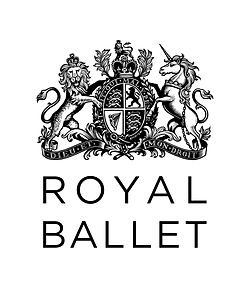 The Royal Ballet is set to launch a year-long training scheme for graduate dancers, aimed at providing female ballerinas in particular with an “extra chance” to gain employment in the industry.
The Royal Ballet is set to launch a year-long training scheme for graduate dancers, aimed at providing female ballerinas in particular with an “extra chance” to gain employment in the industry.